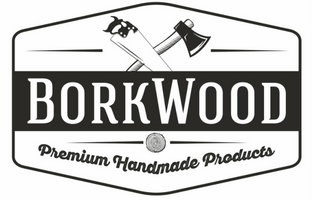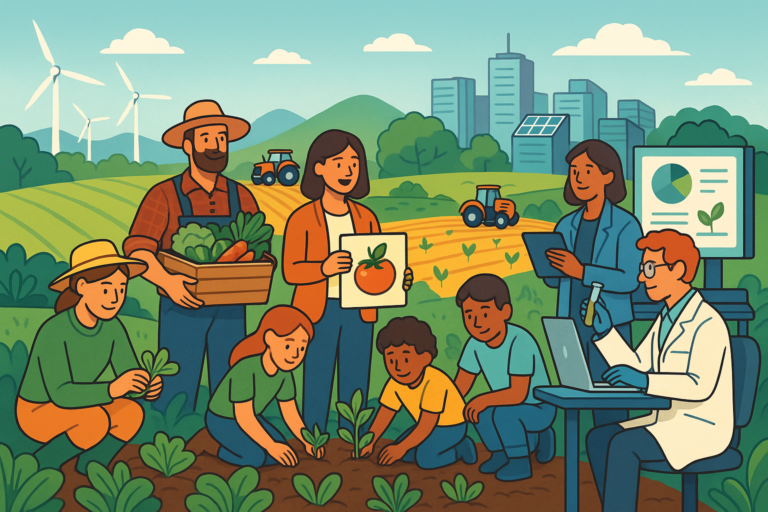Savoring Sustainability: The Bright Side of Chinatown Hawker Leftovers Consumption
In Singapore’s vibrant Chinatown, something quietly revolutionary is happening. Amid the clinking of chopsticks and sizzling woks, passionate locals, sustainability advocates, and savvy diners are reshaping food culture by embracing Chinatown hawker leftovers consumption.It’s not just about food it’s about purpose, pride, and preservation. Kecveto
What Are Hawker Leftovers?
Hawker leftovers refer to unsold, unserved cooked food from licensed food stalls at the end of a business day. This is perfectly edible, safely prepared food that wasn’t purchased often tossed due to regulations or fear of waste stigma. But thanks to community-driven efforts, these dishes are now being rescued, shared, and relished.
The Movement: Powered by Passion, Guided by Science
This isn’t random. It’s guided by food safety laws, nutrition science, and social innovation.
Backed by organizations like SG Food Rescue and Zero Waste SG, the movement ensures food is:
Stored hygienically
Shared with transparency
Consumed within safe timeframes
Why It’s Gaining Momentum
Minimizes Food Waste
Singapore generates over 700,000 tonnes of food waste annually. By redistributing leftovers, this number plummets.
Feeds the Underserved
Non-profits and informal community kitchens make nutritious meals available to migrant workers, elderly residents, and low-income families all with love and dignity.
Preserves Culture
Every dish tells a story. From Hainanese chicken rice to carrot cake, hawker meals are cultural gems. Sharing them helps keep heritage alive.
Empowers Conscious Living
Dining consciously feels rewarding. You don’t just eat you honor.
How It Works
Collection:
Hawkers separate safe, untouched food before closing.
Storage:
Food is immediately cooled or distributed.
Distribution:
Partner charities or volunteers bring meals to beneficiaries.
Consumption:
Meals are consumed the same day or stored safely for reheating.
Initiatives like Treatsure even connect consumers directly to hawker stalls offering surplus food at discounts, gamifying sustainability.
A Win for the Heart and Planet
Feel-Good Factor
Knowing your meal:
Saved resources
Nourished someone
Celebrated tradition
…feels better than any gourmet experience.
Environmental Impact
Reusing leftovers means:
Fewer emissions from food decomposition
Less energy used in waste processing
Lower demand on food production
It’s eco-harmony in action.
Who’s Behind the Effort?
SG Food Rescue – Rescuing unsold food since 2018
Treatsure App – Surplus food marketplace with real-time offers
Food Bank Singapore – Distributes excess from hawkers, groceries, and events
Youth Corps Singapore – Mobilizes young volunteers to help collect and distribute food
Local Hawker Champions – Stall owners embracing responsibility with pride
Their shared goal: Reduce food waste. Feed people. Build community.
FAQs
Is eating hawker leftovers safe?
Yes. Food is screened, safely stored, and handled by trained personnel or licensed volunteers. It never includes spoiled or reheated food.
Can tourists join in?
Yes! Apps like Treatsure let anyone buy surplus meals from hawkers, reducing waste and enjoying local cuisine at lower prices.
Which dishes are commonly redistributed?
Rice meals, noodles, fried snacks, soups, and vegetable dishes. All freshly cooked that day, untouched and safely packed.
Is it legal?
Yes. As long as food safety guidelines are followed. NEA supports responsible redistribution, and many community kitchens are registered and compliant.
How can I help?
Volunteer with food rescue orgs, download food rescue apps, donate to food banks, or simply choose to eat “rescued” meals when possible.
Conclusion:
Chinatown hawker leftovers consumption is more than a trend it’s a movement rooted in compassion, culture, and common sense. By embracing surplus food from beloved hawker stalls, we’re not just reducing waste we’re feeding communities, honoring heritage, and healing the planet one meal at a time.







